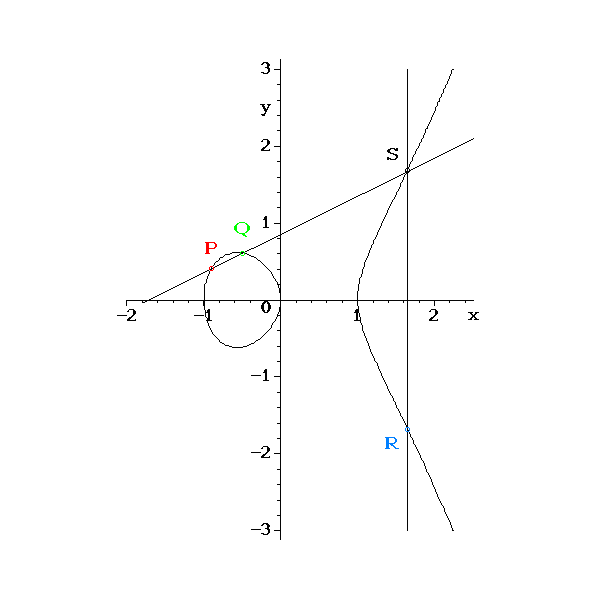There seems to be sources like this, this also, and some introductions that discuss elliptic curves in general and how they're used. But what I'd like to know is why these particular curves are so important in cryptography as opposed to, let's say, any other polynomial degree $\gt$ 2 which you can then mod over some group. It seems like once a modulus is applied then other function types should be acceptable as well.
It seems even less intuitive when just looking at the bubble vs curve as here:

Since there are other curves (let's say anything from a sin wave to the $x^3 + x$ or even just some unusually shaped contour) that could do the job. It seems like they would provide much more surface area to get a larger space in $\mathbb{Z}_p$ or really just more possible combinations of connecting lines from some arbitrary $P$ and $Q$ to get $R$ as opposed to something as restrictive (on the graph) as beginning from some bubble (which would seem to unnecessarily reduce the possible combinations) and then use a modulus to implement the discrete logarithm problem.
Sorry if this seems a little naive of a question, I'm trying to write an implementation right now and just to understand it fully even if that means asking something that is taken for granted. Perhaps just walking through a simple example (most of the ones I've searched are anything but), just a few sentences, would be rather helpful, from "A wants to talk to B" all the way up to "now E can't listen in between A and B".
EDIT:
So it seems like this is the version of elliptic curves over a finite field:

Yes that looks pretty random. But I'm still not really seeing why they are the only equations that have cryptographic significance. It's difficult to imagine that if you simply took some other higher degree equation and applied modulus (to place within a group), then it seems like it would make sense that you'd get something that's also comparatively random.

